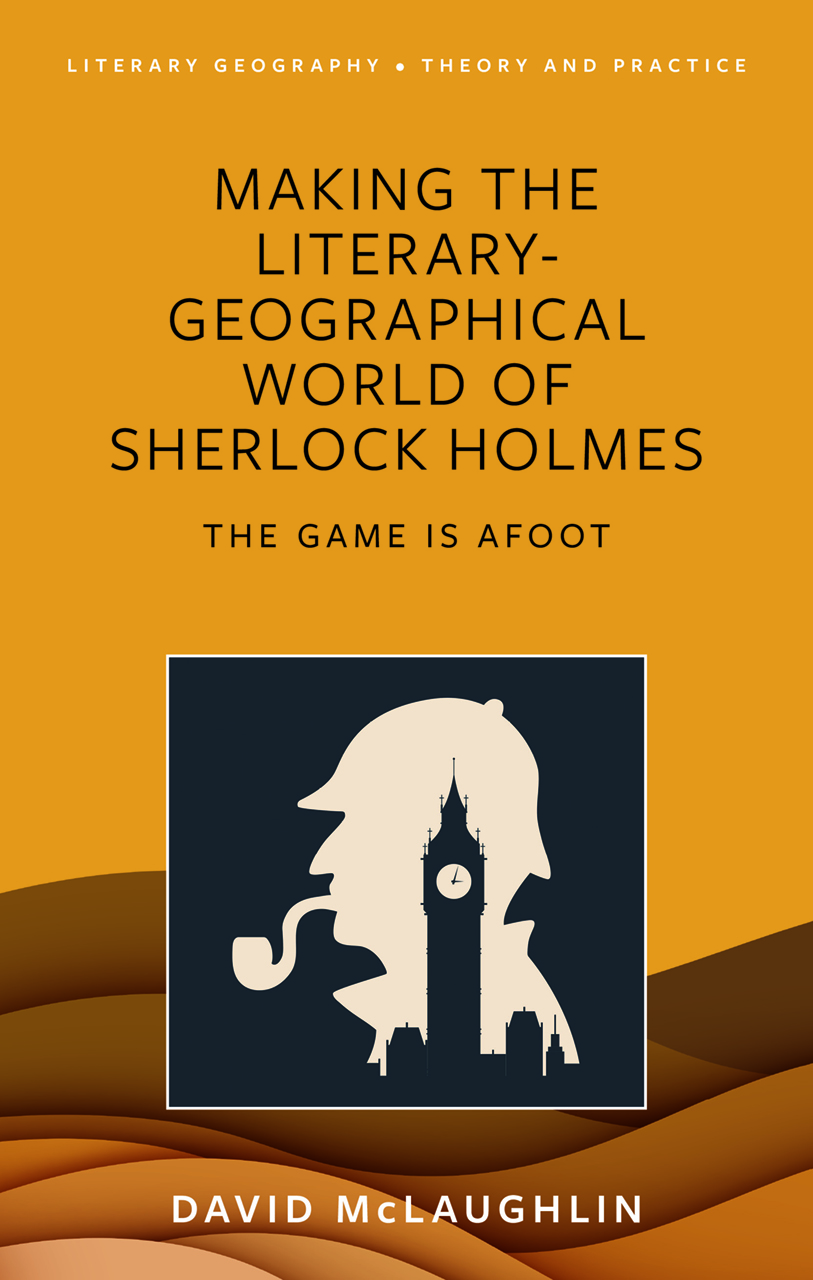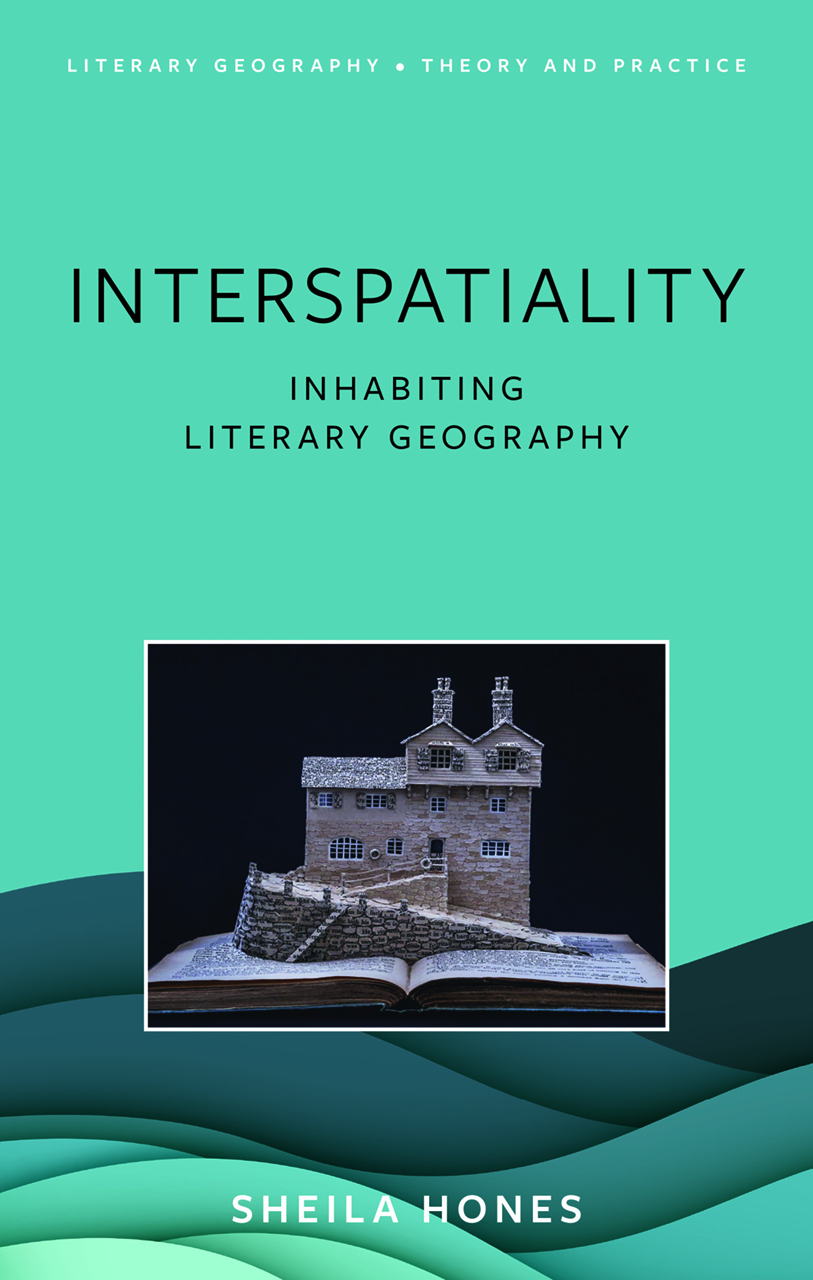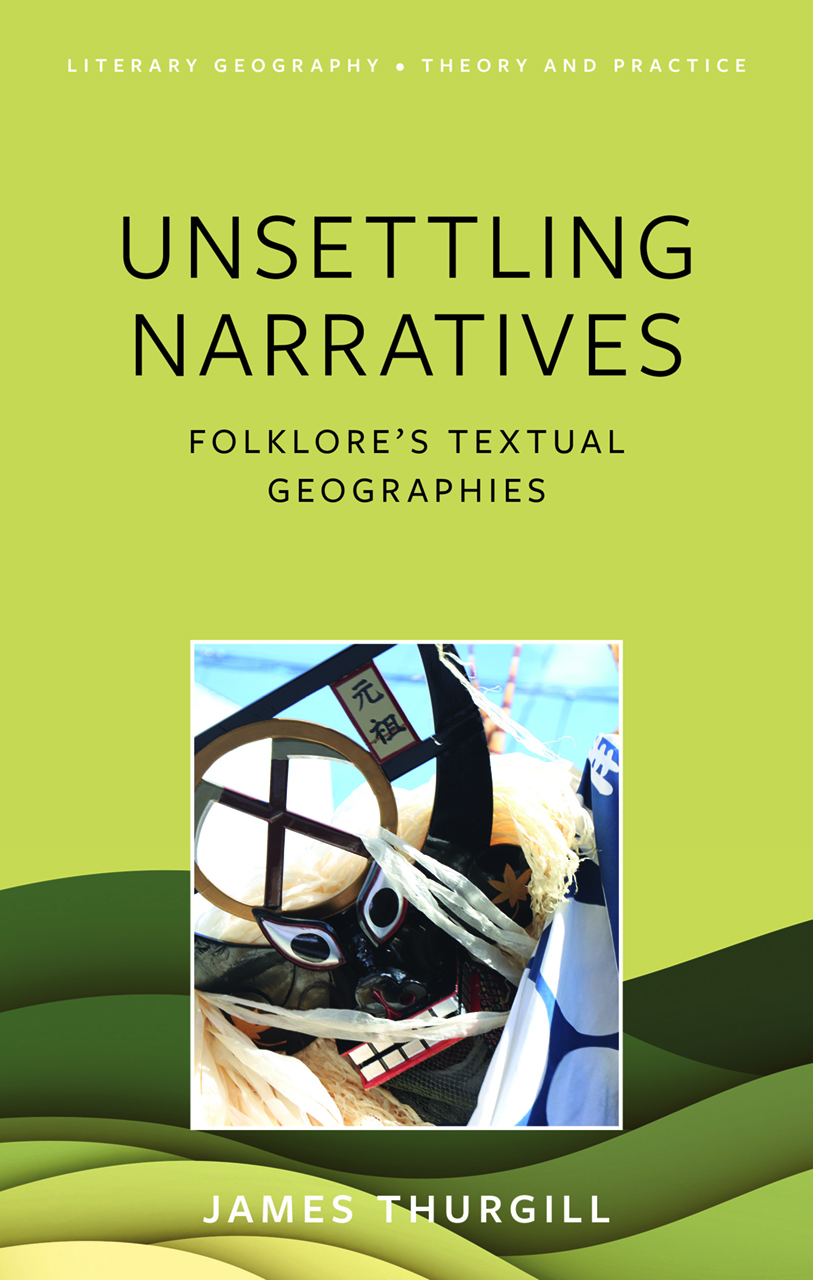Making the literary-geographical world of Sherlock Holmes
The game is afoot
Author(s) David McLaughlin
Language: English
Series: Literary Geography: Theory and Practice
- October 2024 · 216 pages ·216x138mm
- · Hardback - 9781837721658
- · eBook - pdf - 9781837721665
- · eBook - epub - 9781837721672
In the second half of the twentieth century, American readers of Arthur Conan Doyle’s Sherlock Holmes stories – known as Sherlockians – worked together to create a ‘world of Sherlock Holmes’ that crossed the boundary between reality and fiction. This book applies an innovative literary-geographical lens, informed both by geographical theories of spatiality as a process and literary scholarship readers’ active roles in making stories happen, to define the contours of a world in which the ontological boundary ordinarily assumed between the actual and the fictional bend, blur and break. Drawing extensively on the University of Minnesota’s Sherlock Holmes Collections, the world’s largest archive of Sherlockiana, this book aims to shine light on Sherlockian activities in the mid- to late-twentieth century. This is a relatively understudied but creatively rich period, in which the imaginative foundations of the fandom as we know it were laid. In these years, the world of Sherlock Holmes was collectively created by readers through a variety of textual and embodied practices: writing, mapping, playing and walking.
‘This engaging study explores some of the key ideas currently animating literary-geographical work. Taking Arthur Conan Doyle’s texts to be spatial events, McLaughlin carefully traces the collective, playful unfoldings of relations and meanings created by readers, leaving traces of the Sherlockian world scattered a long way from Baker Street.’
James Kneale, Associate Professor in Geography, University College of London
List of illustrations
Acknowledgements
1. Introduction: A nostalgic country of the mind?
2. Watson’s battered tin dispatch-box:
Reading complexity and coexistence
3. Co-authoring the literary geographical world of Sherlock Holmes
4. Community of circulation:
Blurring the boundaries between imagination and actuality
5. Plotting, unfolding, enchanting:
Mapping Holmes’s literary-geographical world
6. Play, performance and sensation: Making places for Holmes
7. Walking Holmes into the world
8. Postscript
Works cited




